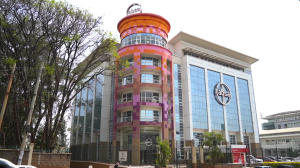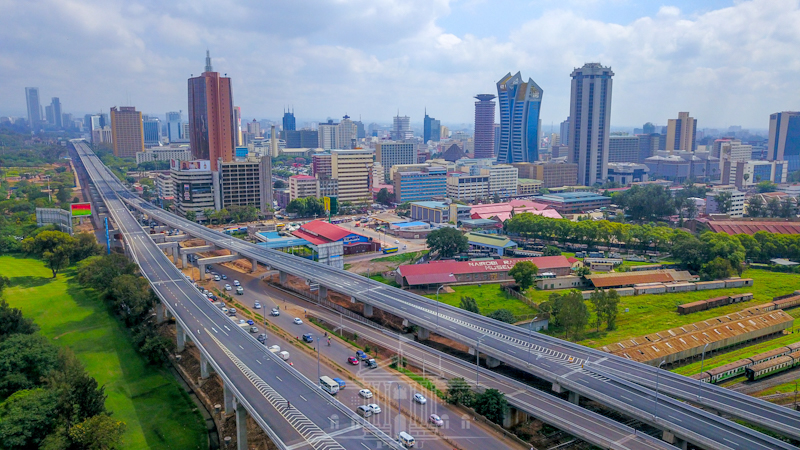
At a Glance;
Property sales prices grew by 3.75 percent in the second quarter of the year, up from 2.45 percent in the previous
quarter of 2024.
· This was the fastest pace of price growth since the quarter ending December 2023, when prices grew by 4.1 percent.
· Detached houses outpaced semi-detached units and apartments in price growth on account of a lack of supply of the
standalone units.
· Muthaiga led the suburbs in houses price growth at 3.5 percent, followed by Karen at 2.5 percent, Runda at 2.2 percent
and Nyari at 2.1 percent. While in Nairobi’s satellite towns prices grew fastest in Juja and Ongata Rongai at 2.9 and 2.7
percent respectively.
· In the rental market, prices fell by a marginal 0.2 percent in the second quarter, compared to an increase of 0.3 percent
in quarter one.
· Landlords are delaying raising rental prices to protect occupancy in a price sensitive market.
HassConsult has published the Hass Property Price Indices for the second quarter of 2025 showing property sales prices in Nairobi grew at their fastest pace in one-and-a-half-years on improving demand for standalone units.
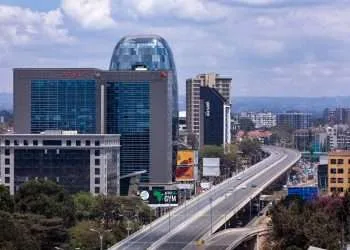 Property prices rose by 3.75 percent in the quarter ending June, compared to a growth of 2.45 percent in the first quarter of the year. On annual basis, property prices rose by 7.8 percent, compared to 4.9 percent in the 12-months to March 2025.
Property prices rose by 3.75 percent in the quarter ending June, compared to a growth of 2.45 percent in the first quarter of the year. On annual basis, property prices rose by 7.8 percent, compared to 4.9 percent in the 12-months to March 2025.
HassConsult found that the detached housing segment, which is made up of townhouses and villas, was the most vibrant in price growth at five percent, outpacing semi-detached units and apartments which grew at 1.3 and 1.1 percent respectively in the quarter.
“Detached house prices grew at their fastest quarterly pace in nine years, which also reflected in suburbs
such as Muthaiga, Karen and Runda—that are largely exclusive of apartments— reporting faster property
price growth,” said Ms. Sakina Hassanali, Co-CEO & Creative Director at HassConsult.

“There is a general lack of supply of detached houses leading to the increased prices.”As an investment option, the improved annual price growth of 7.8 percent for all property (and 10.9 percent for detached houses) improved the competitiveness of property against other asset classes such as government Treasury bills, whose interest rates have now fallen to the 8.1 to 9.7 percent level from 16
percent a year ago.
In contrast to the sales market, rental prices contracted by a marginal 0.2 percent in the second quarter compared to an increase of 0.3 percent in quarter one, highlighting the price sensitive nature of letting in a tough economic climate characterised by job losses and stagnant pay.
“Landlords are therefore increasingly forced to forego an increase in rent prices in order to protect
occupancy in a price sensitive market,” added Ms. Hassanali.
 Houses recorded a fall of 1.3 percent in asking prices, even as rents in apartments rose by 2.4 percent.The higher weighted average rental price of KES.224,557 per unit for houses outstrips that of apartments KES.104,794, meaning that the negative growth for the standalone units pulled down the overall property sector growth.
Houses recorded a fall of 1.3 percent in asking prices, even as rents in apartments rose by 2.4 percent.The higher weighted average rental price of KES.224,557 per unit for houses outstrips that of apartments KES.104,794, meaning that the negative growth for the standalone units pulled down the overall property sector growth.
Houses in Tigoni, Ruiru, Kiserian, Kiambu, Langata, Ongata Rongai, Gigiri and Ridgeways however continued to back the market with price gains of over three percent, while apartments in Upperhill, Kileleshwa and Westlands lagged with declines of between 2.0 and 4.6 percent.
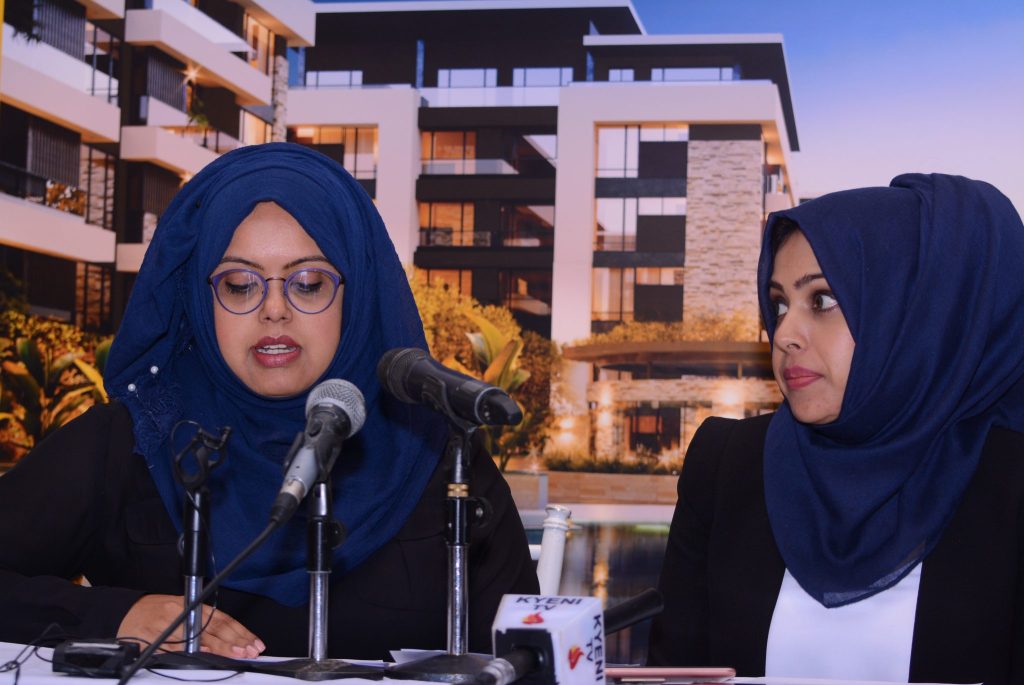 Land prices in the Nairobi suburbs rose by 1.6 percent in the second quarter, slightly slower compared to a growth of 1.7
Land prices in the Nairobi suburbs rose by 1.6 percent in the second quarter, slightly slower compared to a growth of 1.7
percent in quarter one.
· Price gains in Nairobi’s satellite towns appreciated by the slowest pace in two years at 1.25 percent, compared to a
growth of 2.4 percent in the previous quarter.
Quarterly price growth in the suburbs beats that of satellite towns from the first time in five years.
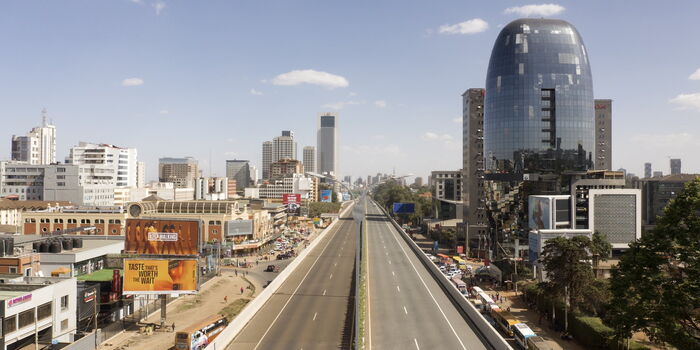 In the suburbs, Spring Valley (2.3 percent) and Parklands (2.2 percent) were the only two suburbs with a price gain of
In the suburbs, Spring Valley (2.3 percent) and Parklands (2.2 percent) were the only two suburbs with a price gain of
more that two percent.
Tough economic conditions have affected demand for land by the middle class, leading to lower growth in areas such as
Kiserian, Kitengela, Ngong, Ongata Rongai, Juja, and Thika.
 Nairobi’s satellite towns are also cooling off from the seven-year high annual price growth of 12.5 percent seen in mid-
Nairobi’s satellite towns are also cooling off from the seven-year high annual price growth of 12.5 percent seen in mid-
2024.



